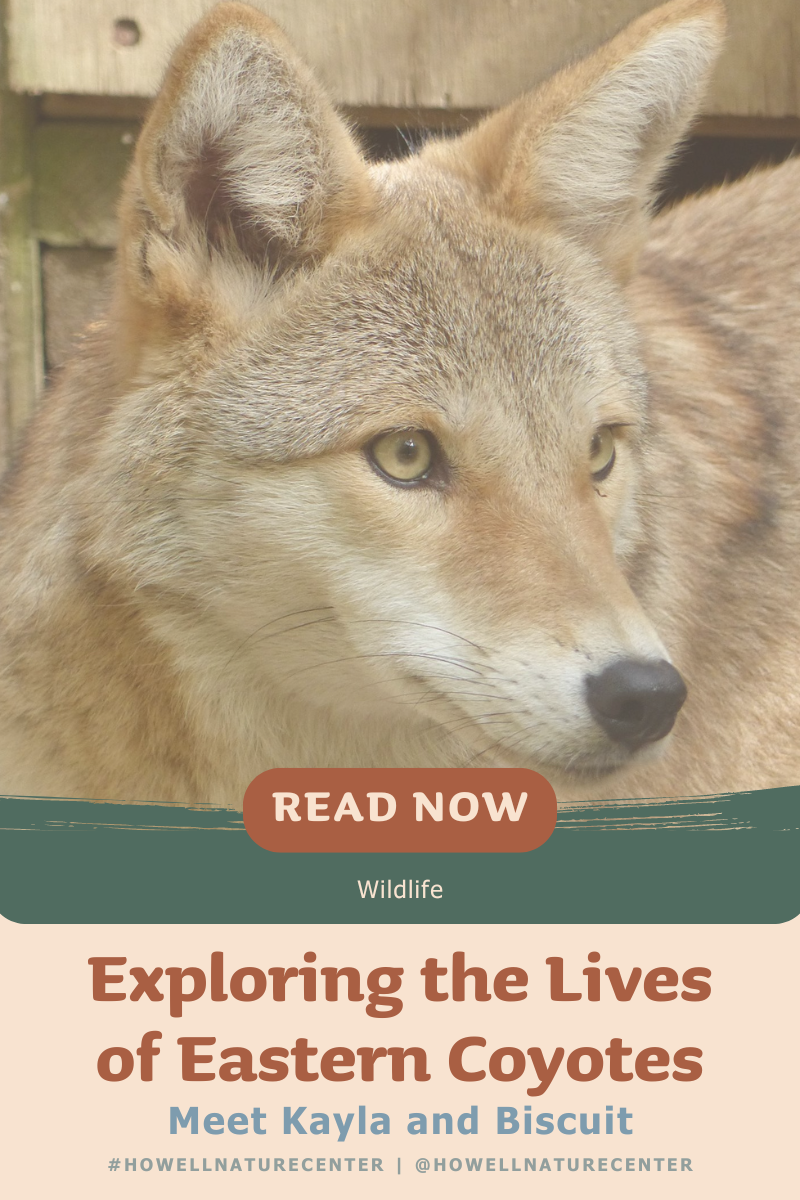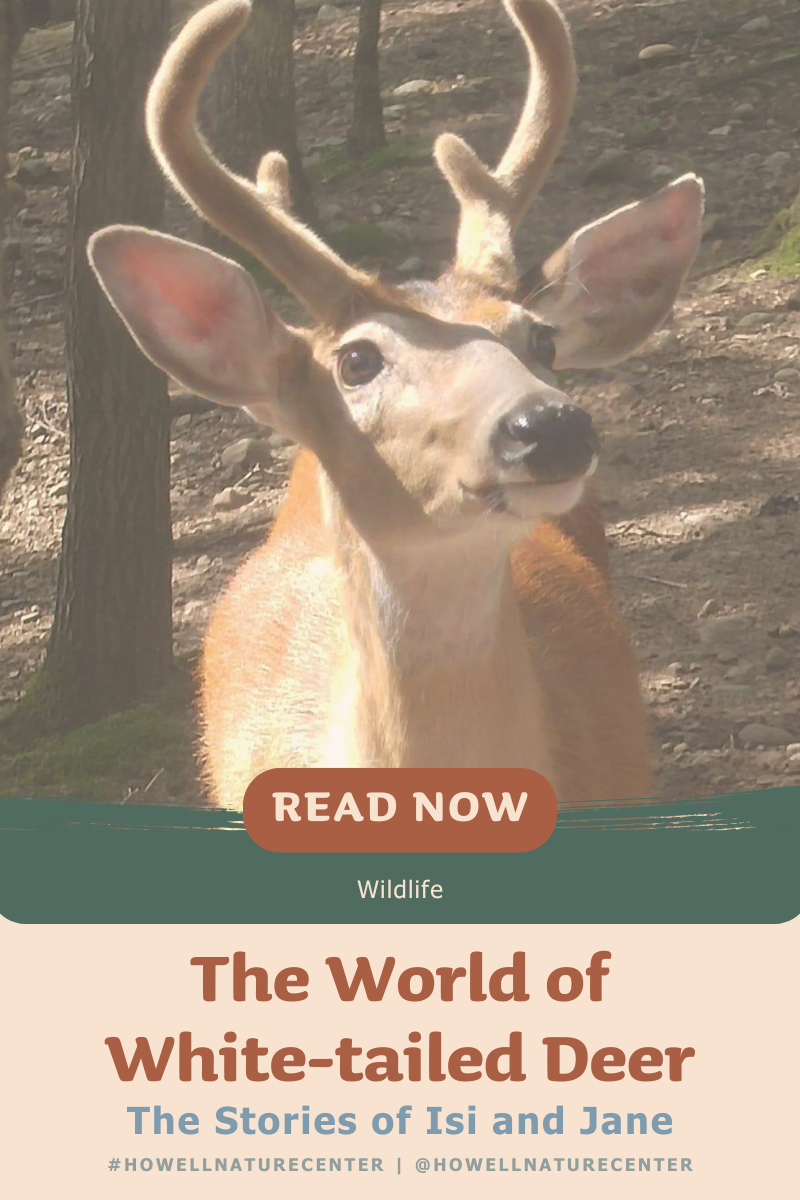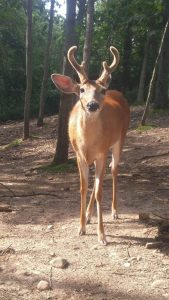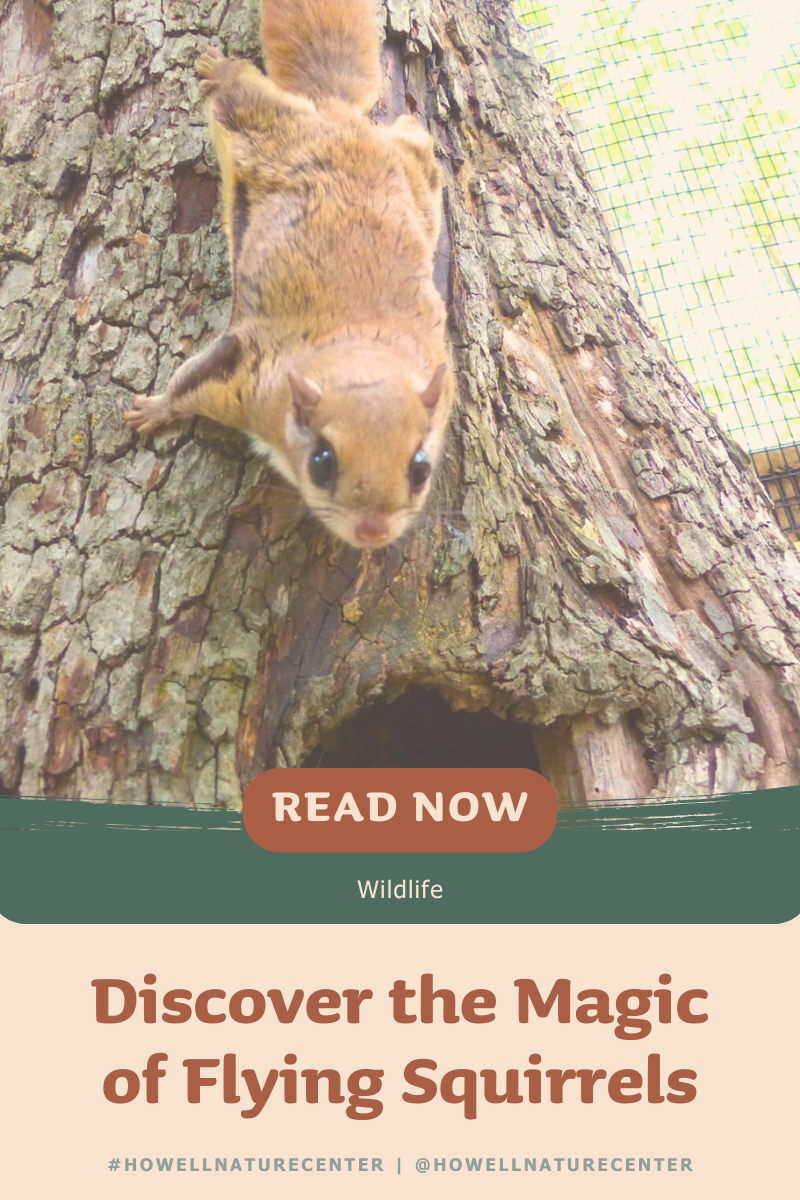Welcome back to another captivating exploration at the Howell Nature Center! This time, we’re diving into the enchanting realm of flying squirrels. Join us as we shine a spotlight on Alvin and Lavender, our delightful flying squirrel duo, and uncover the marvels of their aerial world.
Meet Alvin and Lavender: Stars of the Night
Flying squirrels are a fascinating group of nocturnal mammals known for their remarkable ability to glide between trees. At the Howell Nature Center, we are fortunate to care for two incredible flying squirrels: Alvin and Lavender.
Alvin: The Friendly Explorer
Born in April 2018, Alvin quickly became a favorite among our team and visitors due to his friendly demeanor. Alvin is always curious, often seen inspecting his nest box or gracefully navigating the artificial tree limbs in his enclosure. His playful nature and approachability make him a delight to observe.
Lavender: The Reserved Glider
Lavender, who joined us in 2021, has a story of resilience. She arrived with a delicate puncture wound in her patagium, the crucial membrane for gliding. Despite this, Lavender has shown incredible adaptability and strength. Though she is quieter and more reserved than Alvin, those patient enough to observe her will see her remarkable gliding skills as she moves through her serene corners of the habitat.
Photo Area: Include a picture of Alvin and Lavender in their habitat.
The Wondrous World of Flying Squirrels
Contrary to what their name might suggest, flying squirrels do not actually fly. Instead, they glide using a special membrane called a patagium, which stretches from their wrists to their ankles. This membrane allows them to soar gracefully from tree to tree, navigating the forest canopy with ease.
The Mechanics of Gliding
- Patagium: This membrane acts like a parachute, catching the air and allowing the squirrel to glide.
- Steering: By adjusting the position of their limbs and using their tail, flying squirrels can control their glide, steering themselves towards their desired destination. They can glide up to 135 feet, or the length of a football field, at a time!
Flying squirrels are equipped with large, luminous eyes that are perfectly adapted to see in low light, making them proficient nocturnal navigators. These eyes help them find food and avoid predators in the darkness.
Photo Area: Highlight the anatomy of a flying squirrel, focusing on the patagium.
Creatures of the Night
Flying squirrels are nocturnal, meaning they are most active during the night. This nocturnal lifestyle comes with several fascinating adaptations.
Night Vision
- Large Eyes: Their large eyes are specially adapted to capture more light, allowing them to see in near darkness.
- Enhanced Vision: This enhanced vision helps them spot predators and navigate through the trees to find food.
Nocturnal Activities
- Foraging: At night, flying squirrels forage for food, which includes a varied diet of insects, seeds, nuts, fungi, and occasional fruits.
- Social Interactions: These nocturnal creatures are also social animals, often nesting in groups to keep warm and strengthen their bonds.
Photo Area: Capture the nocturnal activities of Alvin and Lavender.
A Social and Cozy Life
Flying squirrels are not just solitary gliders; they thrive in the company of others. Their social behaviors are essential for their survival, especially during the colder months.
Group Nesting
- Warmth and Protection: Flying squirrels often nest in groups to share body heat and protect each other from the cold. They don’t hibernate, so many squirrels will nest together in winter to stay warm.
- Nesting Sites: They prefer natural tree cavities or man-made nest boxes that provide safety and warmth. They also use these cavities to sleep and store food.
Social Bonds
- Communication: Flying squirrels communicate through a series of vocalizations and physical interactions.
- Strengthening Bonds: Their social interactions help strengthen bonds within the group, crucial for their survival and well-being.
Photo Area: Show a group of flying squirrels nesting together.
Identifying Our Local Flyers
In North America, we have two main types of flying squirrels: the Northern and the Southern. These species can be distinguished by a few key characteristics.
Northern Flying Squirrels (Glaucomys sabrinus)
- Appearance: They have gray bases of their hair follicles.
- Size: Generally larger than their southern counterparts.
- Lifespan: They live for about 5-6 years in the wild, and 10-15 years in captivity.
Southern Flying Squirrels
- Appearance: They have white bases of their hair follicles.
- Size: Smaller and more agile.
Alvin and Lavender, our stars at the Howell Nature Center, are Northern flying squirrels, easily recognizable by their distinct physical traits.
Diet and Habitat: Adaptable Acrobats
Flying squirrels are highly adaptable, thriving in various environments and having a diverse diet. This adaptability is key to their survival.
Preferred Habitats
- Forests: Flying squirrels prefer habitats with plenty of trees for gliding and nesting.
- Open Spaces: These spaces provide opportunities for longer glides and easier foraging.
Dietary Preferences
- Insects: A rich source of protein.
- Seeds and Nuts: Essential for their diet, especially in winter.
- Fungi: Helps in their digestion and provides nutrients.
- Fruits: An occasional treat that adds variety to their diet.
Their varied diet and ability to adapt to different environments make them resilient and resourceful creatures.
Photo Area: Highlight the diverse diet of flying squirrels with images of their food sources.
Our Commitment to Care
At the Howell Nature Center, we are dedicated to providing the best possible care for Alvin and Lavender. Our team of experts works tirelessly to ensure their well-being and happiness.
Habitat Enrichment
- Naturalistic Enclosures: We provide an environment that mimics their natural habitat, complete with trees, branches, and nesting sites.
- Mental Stimulation: Enrichment activities and interactive elements keep Alvin and Lavender engaged and mentally stimulated.
Health and Nutrition
- Balanced Diet: Our team ensures that Alvin and Lavender receive a balanced diet that meets all their nutritional needs.
- Veterinary Care: Regular health check-ups and prompt medical attention keep them healthy and thriving.
Educational Programs
- Visitor Engagement: We offer educational programs and guided tours to teach visitors about the fascinating world of flying squirrels.
- Conservation Advocacy: Through our efforts, we aim to raise awareness about the importance of conserving flying squirrel habitats.
Photo Area: Showcase our team caring for Alvin and Lavender, highlighting enrichment activities and veterinary care.
Conservation and Coexistence
Understanding and protecting flying squirrels is crucial for maintaining ecological balance. At Howell Nature Center, we are committed to educating the public about these fascinating creatures and supporting their conservation.
Why Are Flying Squirrels Important?
- Ecosystem Balance: Flying squirrels help balance the ecosystem as both predator and prey. They keep insect populations down and serve as food for larger predators.
- Plant and Fungi Dispersal: They help with plant dispersal and fungi distribution, which contributes to tree and forest health.
How Can You Help?
- Tree Work: Do tree work in the fall before animals have created their winter dens and before they give birth in spring. Knock on the tree before cutting to see if anyone is home!
- Seal Entry Points: Seal up entry points into your home to keep flying squirrels out in the wild.
- Keep Cats Indoors: This helps protect flying squirrels and other small wildlife.
- Conserve Forests: Support initiatives and practices that help conserve forests, the natural habitat of flying squirrels.
Photo Area: Feature images of conservation efforts and protected habitats.
Conclusion: Celebrating Our Gliding Companions
The stories of Alvin and Lavender are gateways to understanding the broader ecosystem and the role of flying squirrels within it. By appreciating these remarkable animals, we are reminded of the rich biodiversity around us and the importance of conservation efforts.
At the Howell Nature Center, our commitment to caring for Alvin and Lavender not only ensures their well-being but also serves as a beacon for conservation education. We invite you to visit us, learn more about these incredible creatures, and join us in our mission to protect and celebrate the natural world.
Stay tuned for more educational adventures as we continue to explore and celebrate the incredible wildlife that calls Michigan home. Join us next time at Howell Nature Center for another exciting journey into nature!



 Isi: The Gentle Stag
Isi: The Gentle Stag

Recent Comments